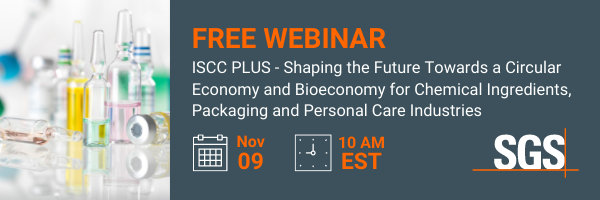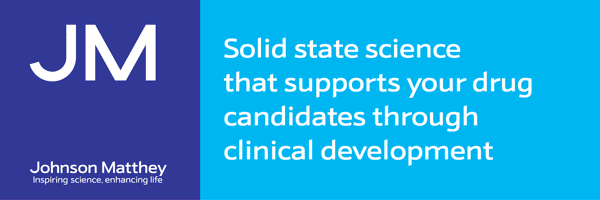Regulations & EHS&S
Advice for K-REACH 25th January 2019
By Matthieu Duchemin, Head of Expert Consultant Group and Asia-Pacific Regulatory Services at Envigo
Matthieu Duchemin, Head of Expert Consultant Group and Asia-Pacific Regulatory Services at Envigo, provides 12 insightful ti
 Matthieu Duchemin, Head of Expert Consultant Group and Asia-Pacific Regulatory Services at Envigo, provides 12 insightful tips for preparing your substance registration under the changing regulations of K-REACH.
Matthieu Duchemin, Head of Expert Consultant Group and Asia-Pacific Regulatory Services at Envigo, provides 12 insightful tips for preparing your substance registration under the changing regulations of K-REACH. Two key pieces of legislation are:
-
Act on the Registration and Evaluation of Chemicals (K-REACH), which mandates the registration of all new and existing chemicals marketed or imported into South Korea at ≥1 tonne per year, requiring detailed information on their likely hazard to human health and the environment
-
Chemicals Control Act (CCA), which focuses on chemical reporting and chemical accident prevention.
As with REACH, K-REACH is confined to certain substances, because other substances are regulated through different legislation. Unlike REACH, where annual tonnage is calculated as a 3-year rolling average and regular monitoring and updates are required, K-REACH annual tonnage is based on the maximum manufactured or imported volume in any given year from 2016 to 2018.
Like REACH, K-REACH is a multistage process with different deadline and information requirements dictated by the amount of the substance imported or manufactured. Under K-REACH, foreign manufacturers without registered offices in South Korea need to appoint a South Korea-based only representative (OR) to submit pre-notification and registrations.
K-REACH milestones:
- Pre-notification for existing substances manufactured or imported at ≥1 tonne/year is required by 30th June 2019.
- There are three tonnage bands for existing substances, which have different deadlines for registration.
- Data requirements for registration increase with increasing tonnage.
- The registration deadline of 510 priority existing chemicals was 1st July 1 2018.
- Joint submission is mandated in most cases, with registrants working together as part of a CICO with a lead registrant.
- Manufacturers or importers based outside Korea must appoint an OR to submit and manage substance registration.
Designated or priority existing chemicals
K-REACH has similar information requirements to REACH, although the use of read-across and quantitative structure–activity relationship (QSAR) models for waiving some animal studies is not as widely accepted under K-REACH.
Planning your registration
Like REACH, K-REACH requires a single dossier to be submitted for each substance. This means that companies producing chemicals containing the same substance must work together in a structure called a Chemical substance Information Communicative Organization (CICO), which is similar to the EU Substance Information Exchange Forums (SIEFs). The CICO enables the effective sharing of data and costs.
Summary
K-REACH is closely aligned with REACH, although K-REACH relies more heavily on animal data. The pre-notification period for existing substances imported or manufactured at ≥1 tonne/year runs between 1st January and 30th June 2019. After this, submissions deadlines vary by tonnage band. Joint submissions are the norm, with registrants working together in CICOs – the equivalent to SIEFS in REACH.
T: +44 (0) 1480 892000
www.envigo.com



